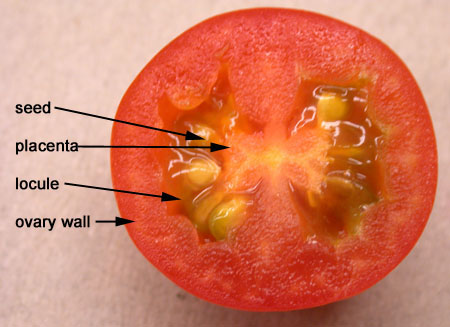Hello everyone!
I've been away for a long time and I am glad to say I've graduated! I will be pursuing engineering soon. In the meantime, I hope this blog has helped you. Feel free to post corrections and comments. As a student, I know finances will be difficult, so I ask only a minute of your time to check out my Redbubble shop. It is a website that supports independent artists like me. With every purchase you make, I get a small commission. Art is a small passion of mine and it would mean the world to me if you could share this with friends and family so that I might earn a little from this hard work.
On this website: https://www.redbubble.com/people/Carolemonn/shop?asc=u you can find original watercolor works and more which can be printed on a variety of products, from shirts to mugs. Enjoy!
Thank you for your support and all the best with revision!
~ Carolina
IGCSE Biology
Thursday, May 30, 2019
Tuesday, April 4, 2017
3.5 Understand the conditions needed for seed germination
Seeds require:
- Water
- Oxygen
- Warmth
A good way to remeber this is "WOW" (I didn't come up with that, credit to another user, which will remain anonymous.)
3.4 Understand that the growth of the pollen tube followed by fertilisation leads to seed and fruit formation
The pollen tube grows from the stigma, down through the style and into the ovary. This is where fertilisation occurs and it leads to the formation of a seed and/or a fruit. This is quite obviously seen in citrus fruits, such as a lemon, or fruits such as tomatoes (see below)
3.3 Describe the structures of an insect-pollinated and a wind-pollinated flower and explain how each is adapted for pollination
 |
| Figure 1.1 (source: Google Images) |
Insect pollinated flowers:
- Large, bright petals to attract insects
- Scented, often with nectar, to attract insects
- Moderate number of pollen grains so they are transferred efficiently by insects
- Sticky or spiky pollen grains, so they stick to insects
- Anthers are located inside the flower (rather than outside) and are firmly attached, so they brush against insects when they try to get the nectar
- The stigma is also inside. It is sticky so pollen grains from insects stick to it when they brush past.
Wind pollinated flowers:
- Small petals with little color - often green or brown
- No scent or nectar because they do not need to appeal to insects
- Large amounts of pollen to increase the chances of it being transferred to another flower
- Anthers are on the outside and filaments are longer so pollen grains are more easily swept away by the wind
- Feathery stigmas form a network outside the flower that helps to catch more pollen from the wind.
3.2 Understand that fertilisation involves the fusion of a male and female gamete to produce a zygote that undergoes cell division and develops into an embryo
Fertilisation involves the fusion of a male and female gamete. In mammals, this is the sperm (male) and egg (female). This produces a zygote, which undergoes division by mitosis (so all the cells produced are identical) and eventually develops into an embryo.
At this stage, the cells are unspecialised. They later develop into more specific cells (i.e skin, muscle, brain, blood, etc)
At this stage, the cells are unspecialised. They later develop into more specific cells (i.e skin, muscle, brain, blood, etc)
3.1 Understand the differences between sexual and asexual reproduction
Asexual reproduction
- Involves no gametes and only one parent
- Produces genetically identical offspring (clones)
- Commonly happens in plants
- Involves division of cells by mitosis
- Produces more offspring
Sexual reproduction
- Requires two parent organisms
- Produces fewer number of offspring
- Genetic variety in offspring, allows for them to adapt, should the environment change
- Provides offspring a greater chance of survival in changing conditions
- Involves the fusion of gametes
Wednesday, February 22, 2017
5.18 Understand how micropropagation can be used to produce commercial quantities of identical plants (clones) with desirable characteristics
| Source: https://bam.files.bbci.co.uk/bam/live/content/zh6gd2p/large |
- A tissue sample is taken from a 'parent plant'
- It is placed in agar containing appropriate nutrients
- They develop into plantlets
- Transferred to compost where they fully develop
This can be advantageous because:
- It allows a farmer to genetically modify one plant and pass on the modification to many thousands of plants
- Plants grow quicker than they would from the seed
- A (natural) desired trait can be 'copied' into hundreds and thousands of other plants
Its disadvantages are:
- Very small gene pool, which means a disease can wipe out all of the plants at once
Subscribe to:
Comments (Atom)
